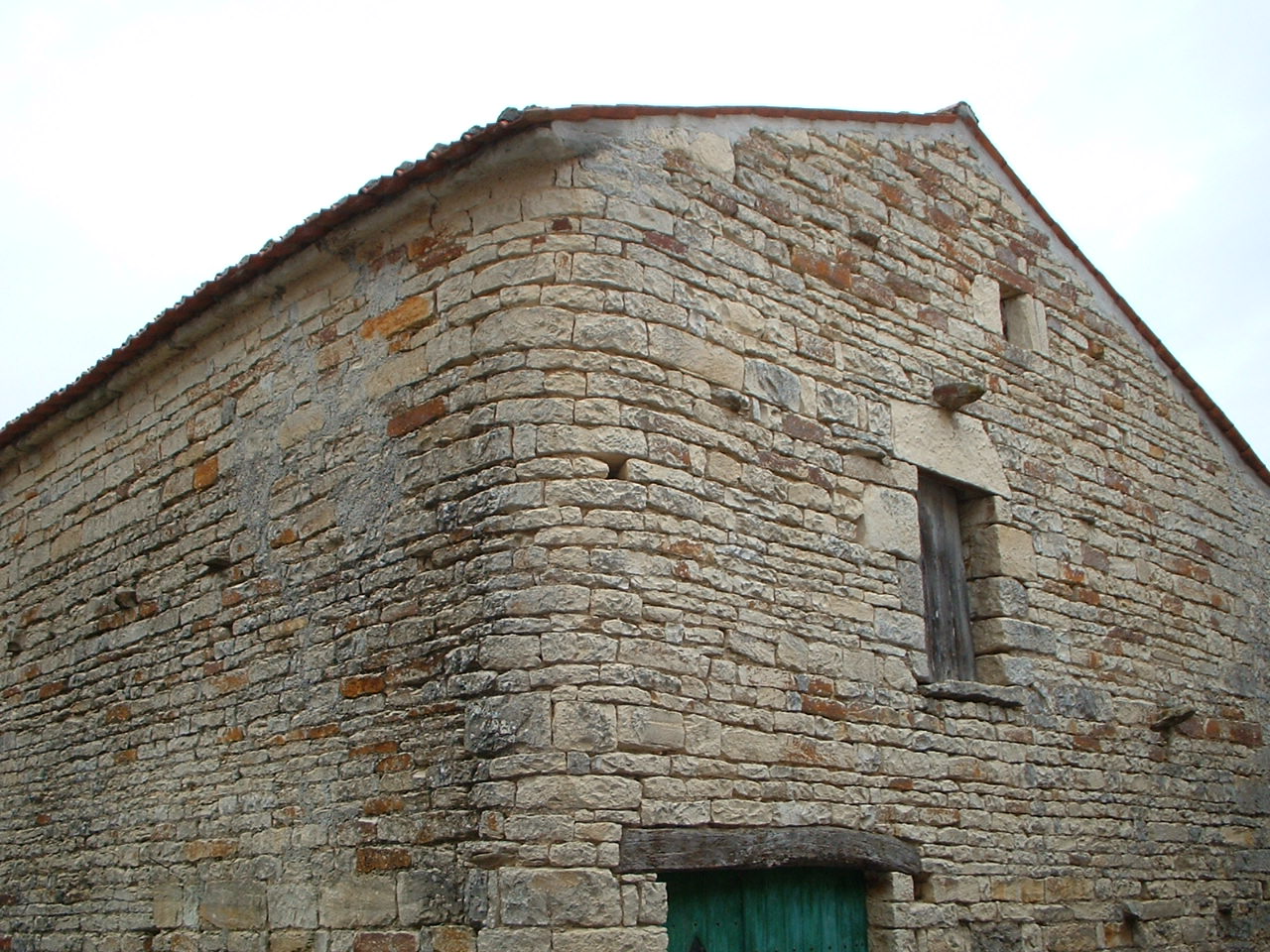thanks Bill. How did you mix, with a concrete mixer or by hand.
By hand Tracey, it’s not hard, if you’re working on your own, you don’t want too much mixed at once, I find it a relaxing job to do, and very satisfying, to stand back from, ‘at days end’ and admire the bit you’ve done ‘today’, great!
Hope You enjoy too 

sounds good. what measurements do you use. As in how much water?
Water depends on how damp the sand is to start with. So!
Mix the chaux and sand well 3:1, dry, add water 'til it’s a good, ‘stiffish’, mortar ,still dry enough to stay on the trowel, workable, it’s not difficult Tracey, even if your mix is a bit dry, if you keep the wall/joints a bit damp, thats important! it will be fine, (it’s a very forgiving material) you will soon know if you’ve made it too ‘sloppy’, it’s not a difficult, technical, highly skilled job, just push it well in, enjoy doing the job, I’m sure you will. 
Thanks Bill. That’s really useful. Will let you know how I get on.
Hi, I see you have given up talking about lime/sand/ cement mixes.
I disagree with your conclusions and reasons most strongly.
You have to take into account the finances of the French builders and home owners 200 years ago. They were very poor and had to make do with materials that cost nothing.
Ciment was an expensive luxury.
Our house is 170 years old most of the lime/sand was washed out by rain and wind to the state that it was unsafe in parts.
We have now repointed/rebuilt the walls using fine sand, lime, and a small proportion of white cement,
The white cement when smoothed will give a skin added to the stone provides a surface which allows rain to run down the outside of the walls without too much absorption.
The modern mix will extend the life of older french building beyond the self destruct they were built with inferior materials.
Our house was repointed 11 years ago and still looks perfect.
my father-in-law was a master builder and taught me well, and we spent 20 years in IOM where they used lime stone for buildings, a bit harder but the same principle as french buildings.
Barry
Our French house has Meter Thick Granite walls, Barry, I would not allow Any cement, or anything except Chaux, anywhere near them, seen to many 'damp, humid, non ‘breathing horror stories’ 
I disagree with your disagreement and reasons.
Exclusively fine sand? Weak mix! Cement holds water whilst lime evaporates water very quickly. Lime allows the movement of the building to be absorbed without structural failure.
Lime mortar for pointing purposes is meant to be sacrificial, that protects the stonework/brickwork from erosion as repointing is both easier and cheaper than replacing stones/bricks.
If your house is made from granite then you can go harder with the mortar
Who on earth would use cement when pointing a stone wall? You might end up with a hard wearing material but it won’t breathe and you might well end up with damp problems.
None of you know what you are talking about, End of story
We do.
Yes, we do know what we are talking about. Not sure you do though.
I thought that this discussion was now finished!
“End of story”
Erm, I beg to differ, I know exactly what I am talking about.
Dear me Barry, we are fascinated with your experience of pointing, desperate to hear how you countered the cement, unfortunately, capturing all that water, humidity, within the stonework, your F in Law, must have been privy to something we don’t know, please, tell us! 
Not withstanding that Portland cement hadn’t been invented 200 years ago ![]()
http://picbear.online/media/1794118064801724753_5703287506
Plenty of examples as you drive into Canterbury to.
Begs the question why the 400+ year old buildings are still standing and not fallen down after 2 weeks.
Interesting pics!
Sad results John, to be avoided 
We were recommended to use Tredifage but after a bit realised it was white cement mixed with lime so we mixed it ourselves.
One of our walls which faced north was completely hollow the wind blew straight through it.
So some of the stones were removed to get grey cement mix inside it. then the outside pointed with our mix.
You miss the point, The french were very poor and could only use what they had from quarries nearby or from the ground. Lime and sand was cheap then. Some of our stones are not so hard having come from the ground and have broken up, so our white mix holds them together,
We remember a chap in France on Grand Designs tv prog who repointed a wall with lime sand mix, it looked beautiful but two weeks later after a storm all the morter was washed out, so he had to do it again using Tradifage.
Begs the question why the 400+ year old buildings are still standing and not fallen down after 2 weeks.